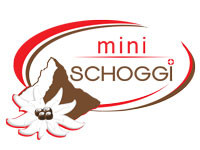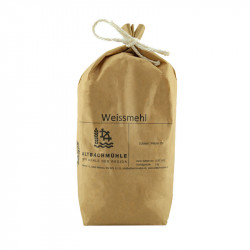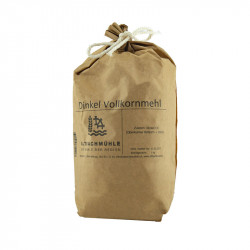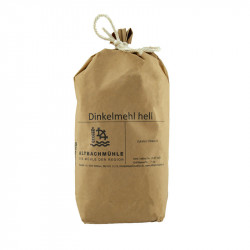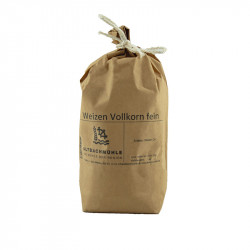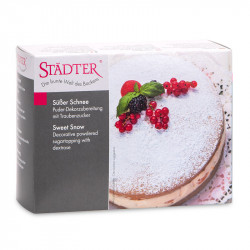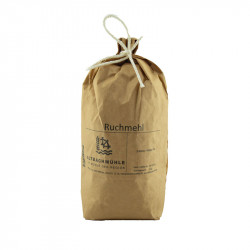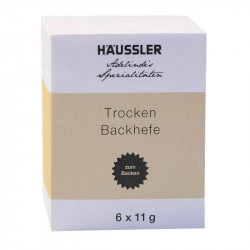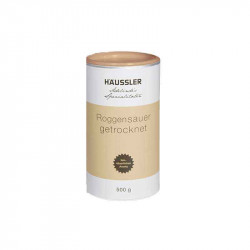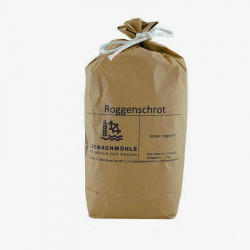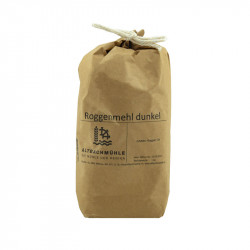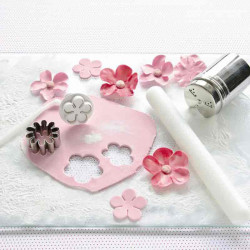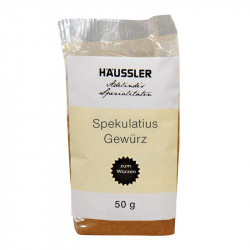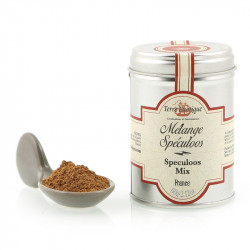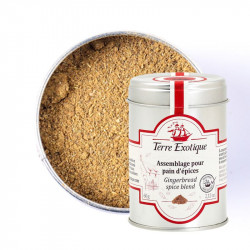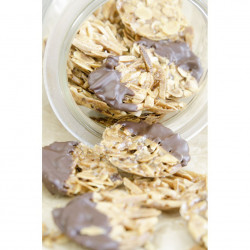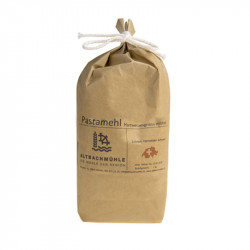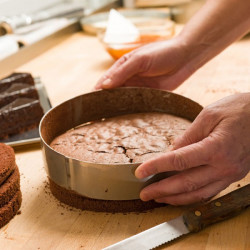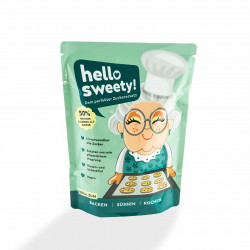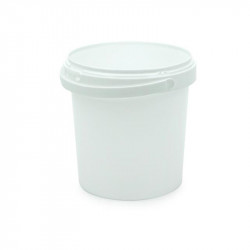-
MenuBack
-
Online Store
-
-
-
-
-
Leer
- Couverture
- Temperature control units
- Aids for chocolate
- Chocolate molds
- Praline fillings
- Chocolate ingredients
- Praline hollow body
- Chocolate colors
- Chocolate tattoos
- Chocolate packaging
- Bean to Bar
- Material for cutting chocolates
- Batons with Kirsch
- Airbrush for chocolate
- High Heels Accessories
- Textured films for chocolate
- Chocolate fountain & fondue
-
-
-
-
-
Kuchen & Torten
- Cakes Fillings & Ingredients
- Fondant & Marzipan
- Cakes tools
- Cake rings
- Silicone molds
- Baking pans for cakes
- Cake stand
- Cakes packaging
- Airbrush for cakes
- Sugar flowers accessories
- Cake Topper & Wedding Figurines
- Cakes dummies
-
-
-
-
-
-
-
-
-
-
-
-
-
-
-
-
-
-
-
-
-
-
-
Füllungen
- Baking chocolate
- Glucose & Sorbitol
- Cocoa beans
- Cocoa nibs
- Monin syrup
- Champagne & Alcohols
- Freeze dried fruits
- Cake & cake glaze
- Flours & baking ingredients
- Chocolate coating & chocolate
- Milk powder
- Granules
- Nuts & Nougat
- Fruit puree
- Creams & Fillings
- Egg yolk & egg white
- Fruit powder
- Special ingredients
- Fondant & Flower Paste
-
-
-
-
-
-
-
- Punching, cutting & embossing
- Mixing bowls & whisks
- Chocolate material
- Thermometer & Burner
- Gloves & Protective Material
- Smoothing & Modeling
- Roll out bar
- Dough scraper & horn
- (Flour) sieves
- Cake turntable
- Spatula & Spatula
- Silicone embossing molds
- Insert strips & cake slices
- Brushes & Tweezers
- Measuring cup
-
-
-
-
-
-
-
-
-
Ausstechformen
-
-
-
-
-
-
-
-
-
Courses
-
-
kurse
- Current courses
- Praline courses
- Chocolate courses
- Chocolate kiss course
- Macaron courses
- Cake courses
- Baking courses
- Patisserie courses
- Ice cream course
- Guetzli, Cookie & Confectionery Courses
- Bread courses
- Pasta courses
- Apéro course
- Cupcakes courses
- Éclair course
- Courses in Zurich - Adliswil
- Children's courses
-
-
- Team Events
- Hen Night
- Retail Store
-
About Us
-
-
-
DirectionsDownload relevant PDF now.
-
-
-
Recipes blog
-
-
Recipes Blog
-
-
-
Shipping and Payment
-
-
Versand/Zahlung/Impressum
-
-
- Online Shop
-
- Novelties
- Sale
- Chocolate and chocolates
- Couverture
- Temperature control units
- Aids for chocolate
- Chocolate molds
- Praline fillings
- Chocolate ingredients
- Praline hollow body
- Chocolate colors
- Chocolate tattoos
- Chocolate packaging
- Bean to Bar
- Material for cutting chocolates
- Batons with Kirsch
- Airbrush for chocolate
- High Heels Accessories
- Textured films for chocolate
- Chocolate fountain & fondue
- Couverture
- Gifts Cards
- Stencils & Stencils
- Cakes & Pies
- Ice cream
- Bread
- Macarons
- Hearty
- Recipe booklets & books
- Cupcakes
- Dessert
- Cake Pops
- Edible decorations
- Fillings & Ingredients
- Glucose & Sorbitol
- Cocoa beans
- Baking chocolate
- Cocoa nibs
- Monin syrup
- Champagne & Alcohols
- Freeze dried fruits
- Cake & cake glaze
- Milk powder
- Flours & baking ingredients
- Chocolate coating & chocolate
- Granules
- Nuts & Nougat
- Fruit puree
- Creams & Fillings
- Egg yolk & egg white
- Fruit powder
- Special ingredients
- Fondant & Flower Paste
- Food Colors
- Auxiliary means
- Spouts & piping bags
- Fondant, marzipan, flower paste
- Bakeware
- Aprons & Potholders
- Cookie cutters
- Season
- Candles
- Party accessories
- Tableware
Flours & baking ingredients
There are 22 products.
Active filters
Flours and baking ingredients
The salt
Salt is an important flavor carrier and enhancer in bread. In the human body, salt in measured quantities provides an essential supply of minerals and trace elements. For use, the normal table salt (common salt) is the most suitable for bread making. Salt regulates and causes many interrelationships in bread and is thus responsible for the color, taste, volume and structure inside the bread.
When making the dough of the bread, the addition of salt is always done after about 2 minutes in most breads. The addition takes place right after the dough mixing and gives the dough, together with the gluten, the certain stability. Salt and yeast are not direct friends, so you should never add the salt right next to the yeast.
The water
For most doughs, you can use our Swiss drinking water straight from the tap without any problems. Only water with a very high lime content may require an increase in the water content.
What exactly does the water in the dough do?
The water in the bread dough serves as a supplier and thus brings the yeast and food (starch) together; the enzymes are set in motion and begin their work. Water = life!
What is the ideal water temperature?
For almost all doughs, cold water (approx. 5-12 °C) is added to the dough.
The yeast
Something so small can do so much big....
What exactly is yeast and what does it do?
By adding yeast, we breathe life into every loaf of bread and therefore it is even more important that we understand what yeast needs for an ideal baking result. Yeast is a unicellular fungus that feeds on sugars, multiplying and producing CO2 at the same time.
The fermentation gases loosen the dough and allow it to rise. The perfect propagation temperature of yeast fungi is approx. 24 °C. At a temperature above 24 °C, the formation of CO2 (carbon dioxide) begins to increase. It should be noted that the temperature should never exceed 40 °C, because this causes the yeast fungi to die immediately.
The most common mistakes when using yeast:
- Yeast should never come into direct contact with salt.
- Yeast should not be dissolved in warm liquid (e.g. lukewarm milk).
Fresh yeast, liquid yeast or dry yeast?
You can buy yeast either as fresh yeast (refrigerated in cubes), as liquid yeast, or as dry yeast (on the shelf by the baking supplies in small sachets). We recommend using fresh yeast whenever possible for making dough.
However, the dry yeast can be used very well as a reserve at home for spontaneous baking projects. 1 bag of dry yeast (7 g), equivalent to 21 g fresh yeast.
Shelf life and storage of fresh yeast:
approx. 3 weeks in the refrigerator at 6 °C
Shelf life and storage of liquid yeast:
7 days in the refrigerator at 6 °C
Shelf life and storage of dry yeast:
several months at room temperature 18-22 °C
